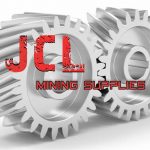Seals, Bearings and Fasteners
Seals
Hydraulic Seals, Pneumatic Seals, Mechanical Seals, and O-rings are essential components in industrial machines, each serving distinct purposes to maintain the integrity and functionality of various systems. Here’s an overview of these seals and their roles in industrial applications:
1. Hydraulic Seals:
- Purpose: Hydraulic seals are designed to prevent the leakage of hydraulic fluid (usually oil) in high-pressure hydraulic systems. They ensure that pressurized fluid is contained within the hydraulic cylinders or components.
- Applications: Hydraulic seals are commonly used in hydraulic cylinders, pumps, valves, and other hydraulic equipment. They enable precise control of forces and movements in industrial machinery.
2. Pneumatic Seals:
- Purpose: Pneumatic seals serve a similar function to hydraulic seals but are used in pneumatic systems, which use compressed air or gas instead of hydraulic fluid. Pneumatic seals prevent air leakage and ensure that pneumatic systems operate efficiently.
- Applications: Pneumatic seals are found in pneumatic cylinders, valves, air compressors, and various pneumatic components used in manufacturing and automation.
3. Mechanical Seals:
- Purpose: Mechanical seals are used to prevent the leakage of liquids, such as water or chemicals, in rotating equipment like pumps, mixers, and compressors. They maintain a fluid-tight barrier between the rotating shaft and the stationary housing.
- Applications: Mechanical seals are critical in industrial processes where fluid containment is crucial. They are commonly used in chemical processing, water treatment, and wastewater management.
4. O-rings:
- Purpose: O-rings are simple, versatile seals that provide a seal between two mating surfaces, typically used in static or dynamic applications. They create a tight, leak-proof seal when compressed between the surfaces.
- Applications: O-rings are widely used in a broad range of industries, including automotive, aerospace, plumbing, and manufacturing. They seal connections in pipes, fittings, hydraulic systems, and more.
In summary, these seals are integral to industrial machines for various reasons:
Leakage Prevention: They prevent the unwanted leakage of fluids or gases, ensuring the efficient operation and safety of machinery.
Environmental Protection: Seals help protect the environment by containing potentially hazardous fluids or gases within the equipment.
Reducing Wear and Tear: By reducing friction and minimizing the escape of lubricants, seals contribute to the longevity of machinery components.
Efficiency and Precision: Seals in hydraulic and pneumatic systems enable precise control of forces and movements, essential in applications requiring accuracy and control.
Selecting the right type of seal for a specific application is crucial to ensure the proper functioning and safety of industrial systems. The choice depends on factors such as the type of fluid or gas being sealed, operating conditions, temperature, pressure, and desired performance characteristics.
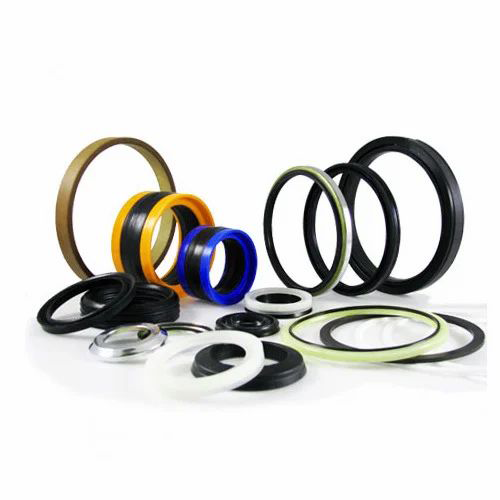
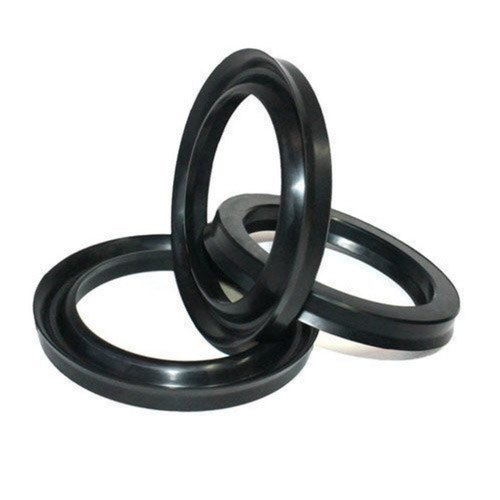
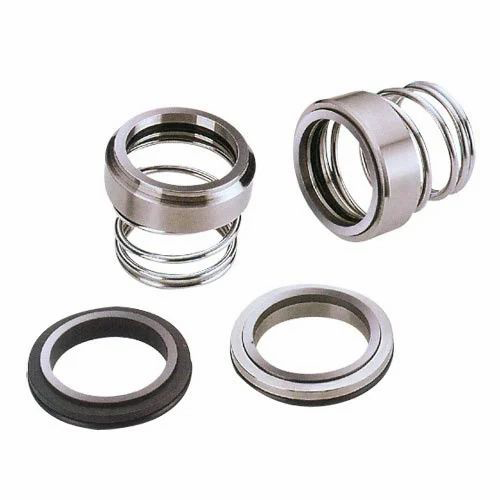
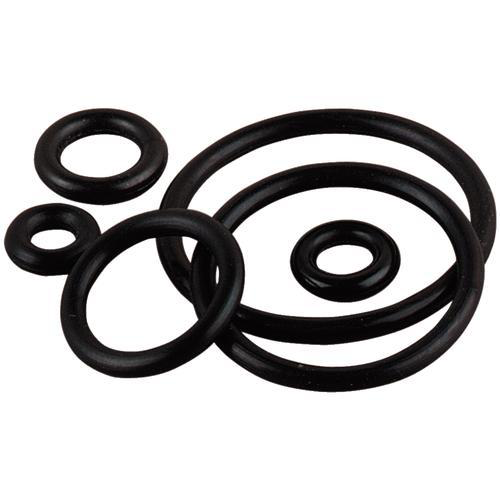
BEARINGS
Bearings are crucial components in industrial machines and gearboxes, playing a fundamental role in supporting and facilitating the smooth rotation of shafts, gears, and other moving parts. They help reduce friction, support heavy loads, and enable precise movement within machinery. Bearings are essential for ensuring the efficient and reliable operation of industrial equipment. Here’s an overview of their significance in these applications:
1. Support and Reduce Friction:
- Bearings provide support to rotating or moving parts and reduce friction between them. This friction reduction is vital for preventing wear and heat generation, which can lead to equipment failure.
2. Load Distribution:
- In industrial machines and gearboxes, there are often heavy loads and forces at play. Bearings distribute these loads evenly, preventing excessive stress on individual components and extending the lifespan of the equipment.
3. Precise Movement:
- Bearings enable precise and controlled movement of rotating parts. This precision is essential in applications where accurate positioning and alignment are critical.
4. Reducing Vibration and Noise:
- Properly selected and maintained bearings help dampen vibrations and reduce noise, enhancing the overall operational efficiency and comfort of industrial machinery.
5. Types of Bearings:
- There are various types of bearings, including:
- Ball Bearings: Contain small steel balls that roll between inner and outer raceways, providing low friction and high-speed capabilities.
- Roller Bearings: Use cylindrical, tapered, or spherical rollers to support heavy loads and maintain precise movement.
- Thrust Bearings: Designed to support axial loads, such as those generated by gears or axial movements in machinery.
- Sleeve Bearings (Bushings): Consist of a cylindrical sleeve that rotates within a housing, often used in low-speed and high-load applications.
6. Lubrication:
- Bearings require proper lubrication to reduce friction and wear. Lubricants help maintain the integrity of the bearing and ensure smooth operation. The type and frequency of lubrication depend on the bearing’s design and application.
7. Maintenance:
- Regular maintenance is essential to monitor the condition of bearings and replace them when necessary. Over time, bearings can wear out, leading to increased friction, heat, and potential equipment failure if not addressed.
8. Application in Gearboxes:
- Bearings are integral to gearboxes, where they support and facilitate the rotation of gears and shafts. They enable the transmission of mechanical power efficiently and smoothly.
- In gearboxes, various types of bearings are used, such as ball bearings, roller bearings, and thrust bearings, depending on the specific requirements of the gearbox and the loads it handles.
In summary, bearings are indispensable components in industrial machines and gearboxes, providing support, reducing friction, and ensuring precise movement. Proper selection, lubrication, and maintenance of bearings are critical to the reliable and efficient operation of industrial equipment.
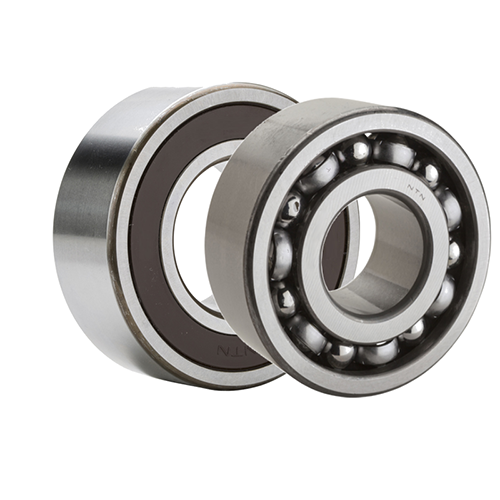
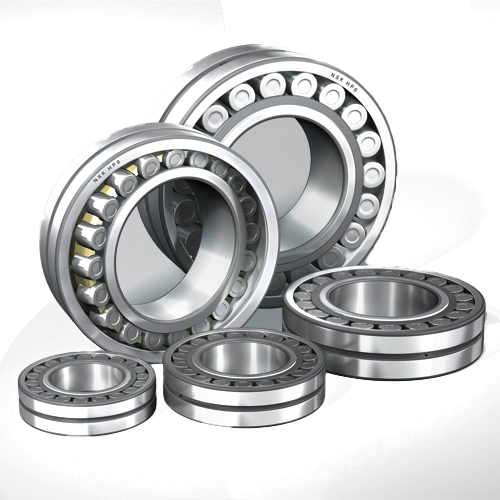
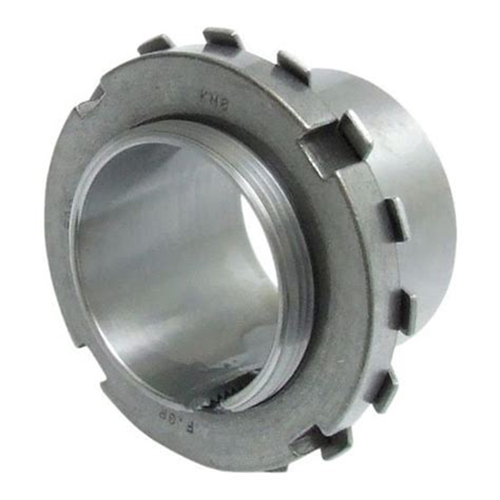
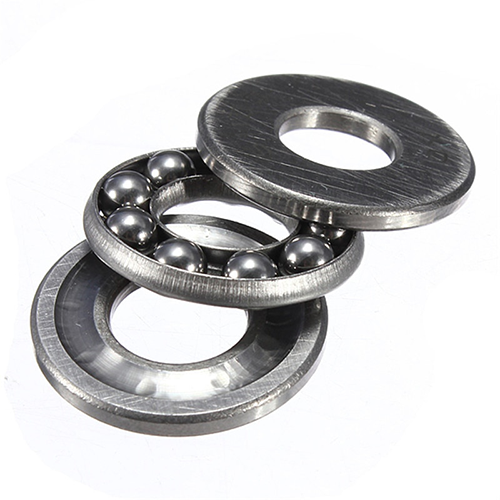
FASTENERS
Fasteners in industrial machines are essential components used to join or secure various parts and components together. They play a critical role in maintaining the structural integrity, safety, and functionality of industrial equipment. Fasteners are available in various forms, including bolts, screws, nuts, washers, and rivets, and they serve several important purposes in industrial machinery:
Assembly: Fasteners are used to assemble different parts of machines. They provide a reliable and secure connection, ensuring that the components stay in place during operation.
Load Distribution: Fasteners distribute loads and forces evenly across connected parts, reducing stress concentrations and preventing localized damage or deformation.
Disassembly and Maintenance: Fasteners allow for easy disassembly of machine components, which is crucial for maintenance, repair, and equipment upgrades.
Alignment: Fasteners help maintain proper alignment between parts, ensuring that machinery functions correctly. Proper alignment is especially important in precision machines.
Vibration Control: In machines with moving parts, fasteners can help dampen vibrations, reducing the risk of damage, noise, and wear caused by excessive shaking.
Adjustability: Some fasteners, such as screws and nuts, offer adjustability, enabling fine-tuning of machine components for optimal performance.
Common types of fasteners used in industrial machines include:
Bolts: Bolts are threaded fasteners that typically have a hexagonal head and are used with nuts to secure two or more parts together.
Screws: Screws are similar to bolts but have various head types (e.g., Phillips, slotted, hex) and may not require a nut. They are used to fasten components and often provide a threaded path for adjusting tension.
Nuts: Nuts are paired with bolts or screws to create a secure connection. They come in various shapes and sizes, including hex nuts, lock nuts, and wing nuts.
Washers: Washers are flat, often circular metal or plastic disks placed between the head of a bolt or screw and the surface being fastened. They distribute load, reduce friction, and prevent damage to the surface.
Rivets: Rivets are permanent fasteners used to join two or more parts together by deforming the end of the rivet to create a secure connection. They are often used in applications where disassembly is not required.
Pins and Clips: Pins and clips are fasteners designed for temporary or semi-permanent connections. They are used to secure components like shafts, gears, and levers.
The selection of fasteners depends on factors such as the application, material compatibility, load requirements, and environmental conditions. Choosing the right type and quality of fasteners is crucial to ensure the safety, reliability, and longevity of industrial machines.
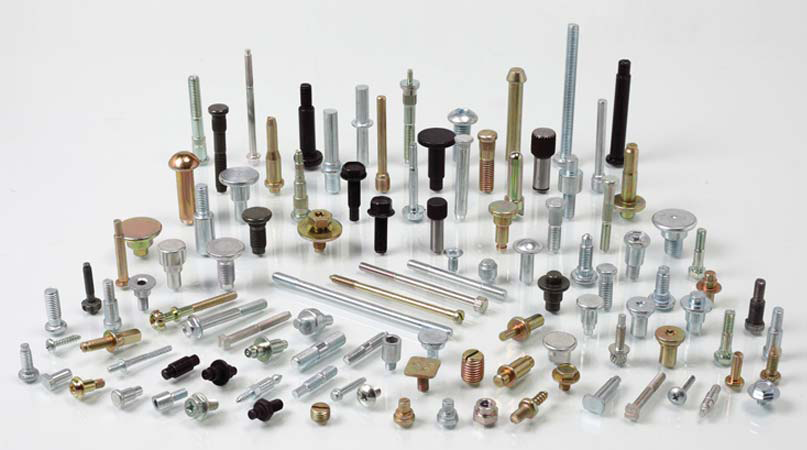
Contact Us
Office Address:
29 Arnold Ave
Bardene
Boksburg
Contact Telephone: +27 84 679 4566
Emails:
Accounts: accounts@jclminingsupplies.co.za
Sales: sales@jclminingsupplies.co.za
Business Hours:
8:00-16:30 Monday – Thursday
8:00-13:00 Friday
